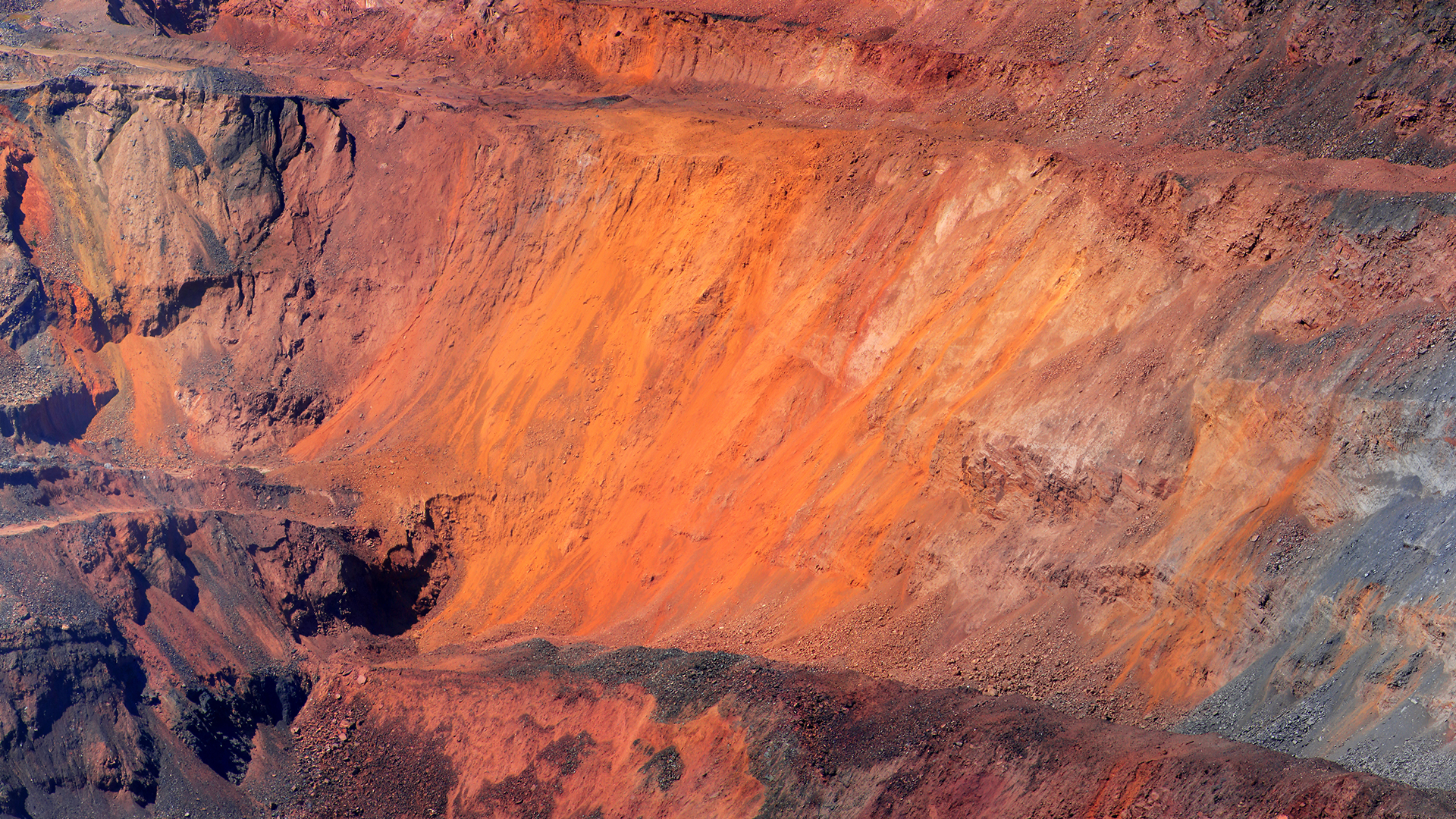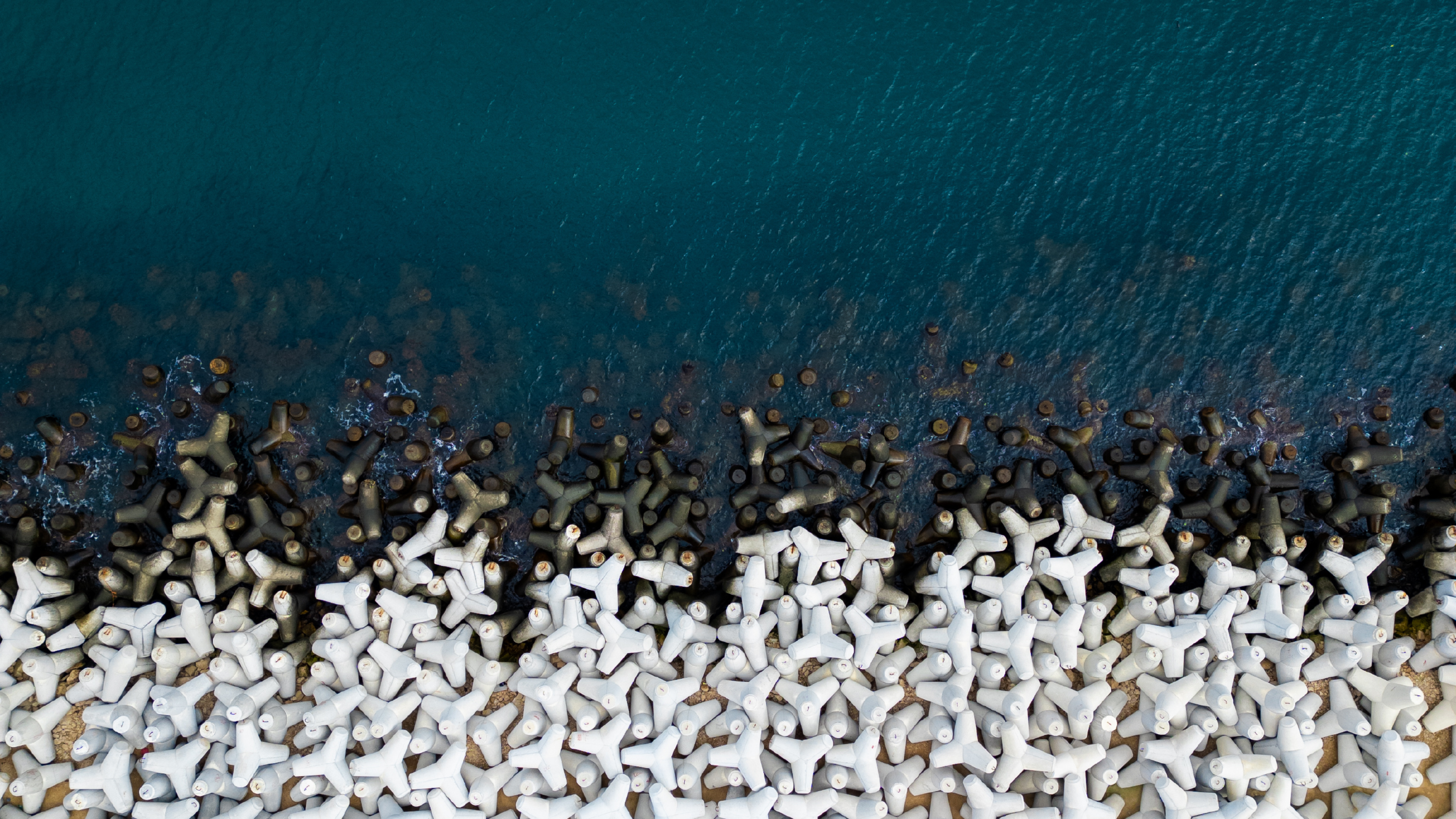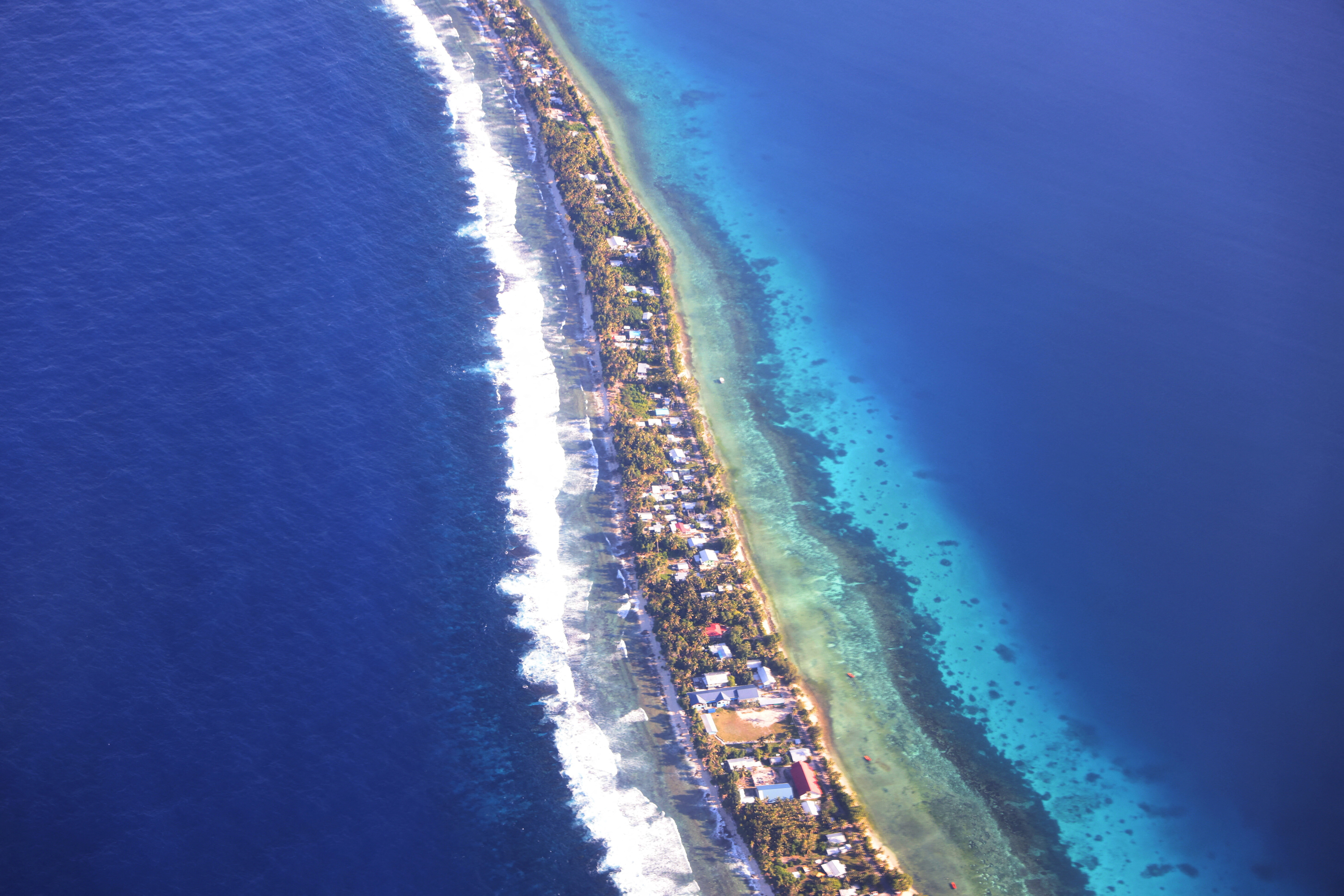Here's how passive cooling can help us to survive extreme indoor heat

Even people with air conditioning could use passive cooling techniques to help lower their summer energy bills.
Image: Unsplash/Matt Brown
Stay up to date:
Climate Crisis
- New research shows that passive cooling techniques can reduce the load on air conditioning by as much as 80%.
- Passive cooling strategies include a combination of shading, natural ventilation and fans to circulate air.
- These strategies can help to keep homes liveable, even in the face of triple-digit outdoor temperatures.
- Alleviating the reliance on AC in a heatwave lowers the risk of power outages and benefits the environment.
Passive cooling strategies can reduce the load on air conditioning by as much as 80%, report researchers.
In simulations using weather data from a 2021 severe heat wave, a combination of shading and natural ventilation kept apartment temperatures out of the danger zone during the entirety of the three-day event, even without air conditioning.
The findings could inform building codes to protect renters from the effects of severe heat: Cities could mandate that apartments have operable windows that can be safely left open overnight, as well as working shades.
“In the Pacific Northwest, where we get such cool night air, we have an amazing climate for passive cooling,” says Alexandra Rempel, a building scientist at the University of Oregon who led the study. “And we should take advantage of it.”
The findings appear in the journal Applied Energy.
Passive cooling strategies could be the key to surviving extreme indoor heat
In June 2021, an extreme heat wave roasted Oregon and Washington. Temperatures hit 116 degrees Fahrenheit in Portland and 111 degrees in Eugene, breaking previous records. The prolonged heat was deadly, and the impact was especially great on people living in apartments in dense urban areas.
Figuring out how to make homes livable during intense summer heat is becoming an increasingly urgent problem due the climate change.
Buildings in the Pacific Northwest, for example, are usually designed to keep heat in. Many homes don’t have air conditioning, given the typically mild summer weather, or only have window units.
While strategies like drawing the blinds and opening the windows are time-tested ways to cool down homes, there wasn’t much solid evidence showing whether they could make a meaningful difference in the face of triple-digit temperatures, Rempel says.
Armed with weather data collected from cities like Eugene, Portland, and Seattle during the 2021 heat wave, the researchers used a computer program to simulate conditions inside a hypothetical west-facing, two-bedroom apartment with different cooling strategies.
“Without any shades or ventilation, you’ll quickly be in danger zone,” says undergraduate student Jackson Danis, a coauthor of the study.
But even opening windows a little bit lessened the amount of time the apartment was dangerously hot. And strategically using a combination of passive cooling techniques could make the apartment surprisingly livable, even in the face of triple-digit outdoor temperatures.
What’s the World Economic Forum doing about climate change?
Opening the windows made the biggest difference at night and in the early morning, when the outside air is the coolest, researchers found.
Meanwhile, using blinds or window shades helped the most during the late afternoon, when the sun was directly shining on the windows.
Thick outdoor shades were most effective, but standard indoor pull-down shades or blinds, which renters are more likely to have, still made a difference, especially if their edges were sealed with side tracks.
The impact was even greater with a fan in the window to help circulate air.
While the advice seems intuitive, “the magnitude of the improvement is something that we didn’t expect,” says Alan Rempel, an applied mathematician and a coauthor of the study.
Passive cooling strategies can be a lifeline for people without air conditioning. But even people with AC could use the techniques to lower their summer energy bills, adds Michael Fowler, a building scientist at the Seattle firm Mithun Inc. who co-directed the study.
Reducing air conditioning use relieves stress on the power grid, lowering the risk of power outages during heat waves. It’s good for the environment, too, Alexandra Rempel adds.
“It helps keep AC demand within the reach of renewable energy sources,” she says.
Accept our marketing cookies to access this content.
These cookies are currently disabled in your browser.
Don't miss any update on this topic
Create a free account and access your personalized content collection with our latest publications and analyses.
License and Republishing
World Economic Forum articles may be republished in accordance with the Creative Commons Attribution-NonCommercial-NoDerivatives 4.0 International Public License, and in accordance with our Terms of Use.
The views expressed in this article are those of the author alone and not the World Economic Forum.
Related topics:
Forum Stories newsletter
Bringing you weekly curated insights and analysis on the global issues that matter.
More on Climate Action and Waste Reduction See all
Marco Lambertini and Marcelo Bicalho Behar
November 6, 2025
Lasse Bruun
November 6, 2025
Tom Crowfoot
November 5, 2025







